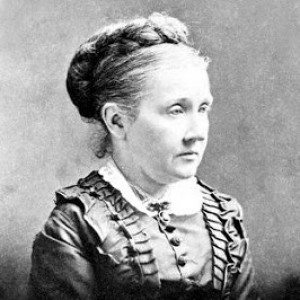My dance with NED is over already. Here’s what happened: I was on 4000 mg of Xeloda a day, and the side effects started to build up on me. My fatigue was bad, like, not getting out of bed most days. You can judge how bad my fatigue is by how messy the house is–The Hubs has his hands full working full time and keeping the kids alive, so cleaning is pretty low on the priority list these days–and let’s just say there were so many toys scattered around, there was nowhere to sit in our living room. In addition to the pretty extreme fatigue, I was starting to get neuropathy in my hands and feet, another known side effect of Xeloda.
So, we reduced my dose to 3500 mg a day, and then 3000, with a one week break thrown in too. And then I felt much better. The neuropathy was gone, and I actually made dinner a couple of times. I picked up the living room, too, and helped The Hubs move furniture onto our new deck. It was indeed a golden age.
Except, then I had my regularly scheduled PET last Monday. I got the results Friday, and one of the spots in my liver and the spot on my humerus lit up a little bit. Let me explain a bit about PET scans: they give you this radioactive stuff, and they look at your body in general and see how much it lights up on the scan, and then cancerous spots light up brighter, and they measuring the difference. My two spots aren’t THAT much brighter, but enough to say they’re growing.
So, #bestdocever (who you can now follow on Twitter at @drmarzbani!) gave me some options. Option 1: keep on with the lower dose I’m on and see how it goes. Neither of us thought that was a good idea–we both would expect more progression with that plan. Option 2: increase my Xeloda dose back to 4000 mg a day and live with the side effects, and scan again in 2 months instead of 3, to see how it’s working. Option 3: switch to Affinitor and keep Xeloda in our back pocket for later. I asked #bestdocever what he thought was the best plan, and he said Option 2 or 3, but he couldn’t really say which was better. He did promise that if the fatigue got bad, he’d give me a transfusion as soon as I felt crappy, and he’d definitely transfuse me before the ASCO conference the first weekend of June. (He also agreed to come to the conference, HOORAY! So, those of you stalking us will be able to find us in the sea of people at ASCO!)
I went with Option 2, because I feel like this: I want to stick with each drug as long as possible. I had such an amazing reaction to the high dose of Xeloda that I feel like it’s the right thing to do to go back on the high dose and see what happens. So far, the extreme fatigue hasn’t returned and neither has the neuropathy, but I’m only a couple of days into the higher dose, so we’ll see how it goes. I was very tempted by Affinitor because its side effect profile doesn’t include the level of fatigue that comes with Xeloda, which is, after all, chemotherapy. But if the high dose of Xeloda works to beat back those two tumors, or at least keep them in check, then I’m going to ride that train until it crashes. And if not, then I’ll switch to Affinitor.
NED is indeed a fickle one. He passes in and out of our lives, and this is a reminder that NED is not someone you can count on. I was shocked when he walked into my life, but I’m not shocked that he’s gone again. I’m also not freaked out at the moment. I know there are a lot more treatments I can try–there’s still a lot more IV chemos for me, and hopefully some new immunotherapy drugs will come along too. I told my Facebook friends not to panic, and I want to say the same to all of you. Keep calm and Xeloda on!
